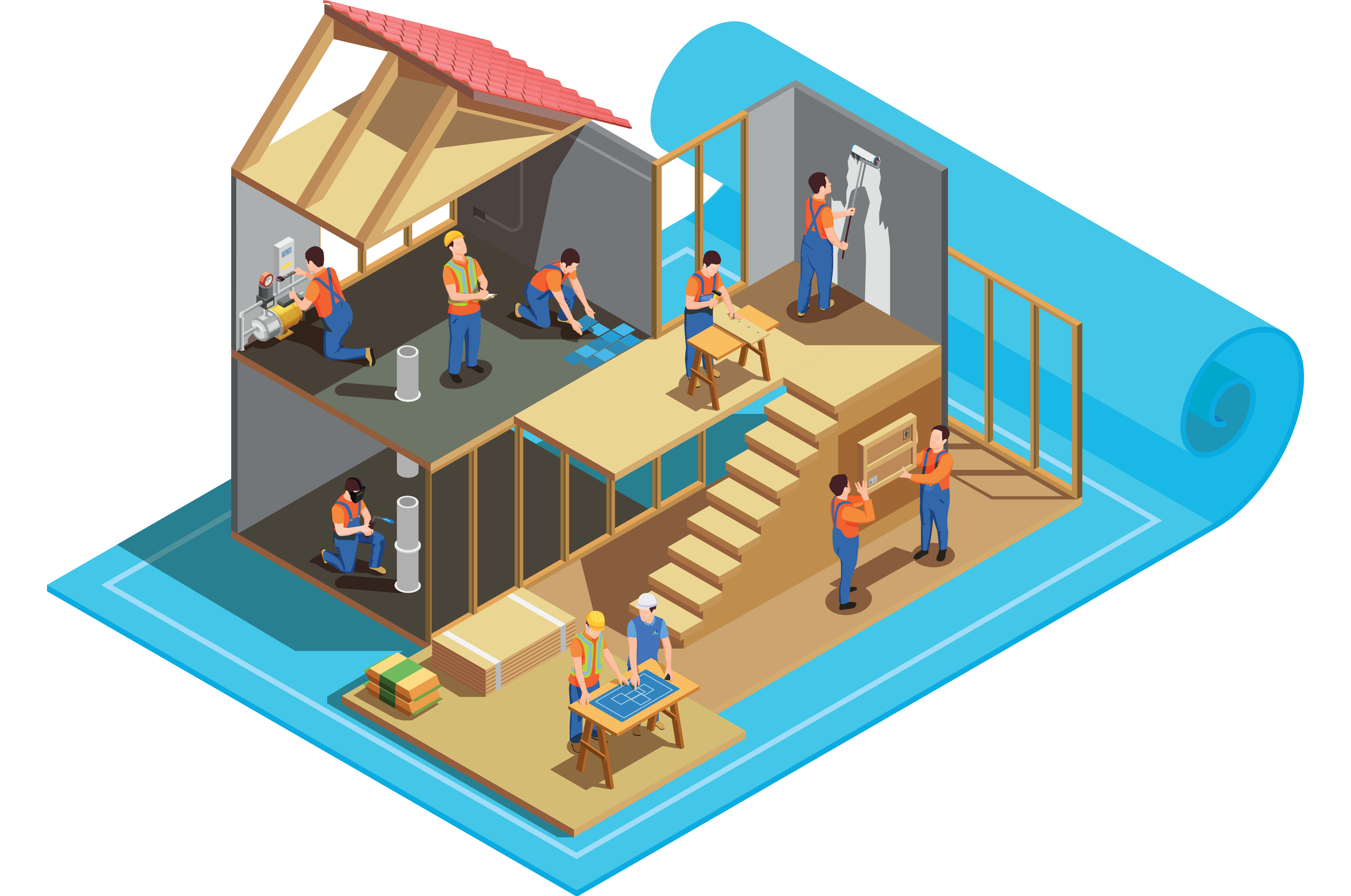45L is a federal tax credit for energy efficient new homes
Under the provisions of the 45L New Energy Efficient Home Tax Credit, builders and developers can claim a $2,000 federal tax credit for each new home or dwelling unit that meets 45L energy efficiency requirements. In many states, most new residential projects qualify for this credit.


Tax credit basics
The 45L credit is federal tax incentive that promotes the construction of energy efficient residential buildings. The credit is available to builders, developers and others who build homes for sale or lease.
To qualify for the $2,000 tax credit, an eligible “dwelling” must:
- Be at least 50% more efficient than the 2006 IECC benchmark. Efficiency compliance must be verified with DOE approved 45L software, such as Micropas.
- Have the energy features verified by a qualified Home Energy Rater (Eligible Certifier)
- Be sold or leased prior to January 1, 2023
Frequently asked questions
The person claiming the 45L credit on their tax return must own and have a basis in the qualifying project during its construction. A “person” can be an individual, a trust, an estate, a partnership, an association, a company, or a corporation. Most entities currently claiming the 45L credit are homebuilders and developers.
The IRS terminology refers to this person as an “Eligible Contractor”. This is sometimes confusing as the credit is available to the person who financed and owned the project during construction, not the third-part contractor(s) who were paid to build it.
A key requirement of the tax credit is the sale (close of escrow) or lease (executed lease/rental agreement) of the home or dwelling units during the taxable year the credit is claimed. The credit is typically not available a person eventually residing in the home.
IRS Form 8908 is used to claim the 45L tax credit.
Micropas is energy modeling software used to verify compliance with the energy efficiency requirements of the IRS 45L tax credit. Developed by Enercomp and CHEERS 45L, Micropas has been used by national builders throughout the country since the inception of the 45L tax credit in 2006.
Micropas has been reviewed and approved for 45L tax credit use by the U.S. Department of Energy and can be found on the DOE’s Approved Software list:
For 45L purposes, a Home Energy Rater acts as the “Eligible Certifier” for the project. Working with CHEERS 45L, the HERS Rater creates the 45L Certificate documentation the project owner needs to claim the tax credit. Home Energy Raters typically charge an additional $200-500 per dwelling unit to provide this 45L documentation.
The 45L tax credit provides developers of energy efficient homes and apartment buildings up to $2,000 per dwelling unit. Many new construction residential projects built to modern building efficiency standards qualify for the 45L tax credit.
This person is who the IRS defines as the “Eligible Certifier”. This is typically the project’s Home Energy Rater.
The Eligible Certifier can not be an employee of the person or entity claiming the 45L tax credit. The Eligible Certifier must be accredited to use energy performance measurement and testing methods. Certified RESNET HERS Raters meet this criteria. More information is available at IRS Notice 2008-35 on the IRS website.
No, the 45L Tax Credit is per home (per address). The credit does not depend whether other homes in the project qualify.
Yes. In general, tax filings can be amended up to three years from the date of the tax filing. For instance, if a builder filed
their 2018 taxes on 4/15/19, they usually have until 4/15/22 to file a tax amendment to claim the credit. Please consult with a tax advisor regarding your or your client’s specific needs.
Most newly constructed, detached ADUs qualify for the 45L tax credit if they are used for rent or lease.
Energy Consultants – When possible, follow these guidelines to ensure your ADU energy calculations meet the 45L energy efficiency requirements:
- Model as performance new construction, detached
- Use a single zone
- Model as single orientation; be cognizant of south and west facing glazing
- Take advantage of any quality insulation installation credit, if available
Yes. Under 45L, a $1,000 – $2,000 credit is also available for an eligible contractor with respect to a manufactured home. The manufactured home must have a projected level of annual heating and cooling energy consumption that is at least 30-50% below the annual level of heating and cooling energy consumption of a reference dwelling unit in the same climate zone. It must also conform to the Federal Manufactured Home Construction and Safety Standards.
If you have 50+ of these dwellings you would like to qualify for the $1,000 – $2,000 45L tax credit, please contact sales@cheers45L.com.
CHEERS 45L does not provide tax or accounting advice. Please consult your tax / accounting advisors for 45L guidance specific to your situation.
